Windsurfing as an Olympic Event
Published on January 5th, 2018
by Craig Leweck, Scuttlebutt
When the Olympic events were being reviewed after the Rio 2016 Games, I pitched hard for boardsailing. Access and affordability insure broad international participation, which is viewed highly by the International Olympic Committee. But beyond that, I was fully enamored by the scene.
The boardsailors had their own venue, separate from the other classes. It was beachy alongside a grassy span with palm trees, and the sailors looked like athletes. They were long, lean, and beautiful. They were also chill. They were not yacht club people; they were lifestyle people.
Boardsailors were the beach volleyball players of sailing. Beach volleyball was one of the few stadiums that was full in Rio, and if you could wrap grandstands around the boardsailing course, it would have been full too. With the sails wrapped in Brazilian colors, the racing also looked great on the broadcast. Television likes colors.
After much consternation, all ten events from Rio would be approved for the Tokyo 2020 Games, but change is certain after that.
While I don’t have any skin in the game, Mr. Neil Pryde does and shares his view in this report:
World Sailing is embarking on a review of the Olympic events for 2024. Prior to my retirement from the Pryde Group on 1st June 2015, I was intimately involved in the design and manufacture of Windsurfing equipment and development of the sport for 40 years although I have never personally practiced the sport.
I am also an Olympic sailor (Flying Dutchman Class, Mexico 1968) and have been a competitive sailor for over 60 years.
Through my leadership of the Pryde Group and its ownership of the Cabrinha brand, I also am very familiar with the kitesurfing sport and its development. I understand that kite surfing is a potential competitor for Olympic status, I therefore believe that I have a unique knowledge based perspective on Windsurfing and particularly the RS:X Class as an Olympic Class.
Windsurfing in the Olympics
Windsurfing was selected as an Olympic sport for the 1984 Los Angeles Games and the Windglider Class was the chosen equipment. Windglider was a popular class typical of the art in the early 1980’s.
Windsurfing has participated in every Olympic Games since 1984.
The equipment selected has changed as windsurfing evolved and the equipment developed. The Lechner Division 2 board was selected for Seoul and Barcelona while the Mistral Class was used in Atlanta, Sydney and Athens.
At various games the equipment switched between Organizer supplied to competitor supplied. By 2004 after Athens there was general dissatisfaction with the One Design integrity of the equipment mainly resulting from the technology employed in manufacturing.
ISAF (now World Sailing) requested proposals from manufacturers for a new Olympic class to be strictly One Design manufactured using state of the art technology and Modern design typical of equipment used in the professional windsurfing circuit modified to perform in windspeeds of 3 to 30 knots, which meant a daggerboard, was required in non-planning conditions.
The manufacturers would supply the equipment to Olympic competitors.
The boards were to be manufactured to tolerances hitherto not achieved with Sailing equipment and the construction was to be such that the boards should have a competitive life of at least 4 years without any deviation in the Manufacturing tolerances.
ISAF conducted performance trials and at the 2005 ISAF November conference, the RS:X was selected as the equipment for the Beijing Games 2008.
The RS:X was designed to be manufactured using carbon composite sandwich construction by a single manufacturer, Cobra, the largest and most technically capable manufacturer of Windsurfing boards in the World.
The process was managed and supervised by Neil Pryde Limited who supplied the Rigs and accessories. Neil Pryde was the world’s largest supplier of high performance rigs. As the owner of the product Neil Pryde was responsible for the integrity and accuracy of the equipment and delivery of the product in quantities sufficient to create a competitive Class to be operating by April/May 2006 with an inaugural World Championships in August 2006 with over 240 competitors from all over the world.
As the supplier for the 2008 Olympics Neil Pryde had to provide a performance bond of Euro 1 million and agree to supply all Olympic equipment free of charge and to also provide all equipment needed in each World Sailing Youth Championships. The commitment to the Youth Championship continues today.
The RS:X Class has delivered excellent Olympic regattas in 2008, 2012 and 2016. In Rio de Janeiro, the RS:X was one of the most watched Olympic classes.
Olympic Windsurfing has grown impressively since the introduction of the RS:X Class and this is in some ways surprising considering that the decision to select the RS:X was only made in November 2005 for competition at the 2008 Beijing Games. There is no doubt that with more timely decision making the class would have grown more.
The Sport of Windsurfing within the ISAF Olympic objectives
In about 2008 the ISAF executive requested a report from a committee headed up by Phil Jones of Australia reviewing Sailing’s position in the Olympic Games considering the IOC announced objectives for the future of the Olympics.
The report came with a series of objectives that ISAF would need to deliver on if Sailing was to stay in the Olympics. The IOC had made known its intention to reduce the costs of the Olympics and Sailing was the most expensive sport to host and had the worst TV rating of any sport.
The biggest source of IOC revenue was TV rights.
The key issues were:
1. Improved television coverage, more attractive events.
2. Sailing must be more inclusive and less elitist (this particular point had already been raised in 1992).
3. Better geographic coverage.
4. Gender Balance.
5. Sailing Events should be technical athletic and tactical.
Windsurfing has delivered on these objectives:
1. The RS:X Class has been one of the most watched classes in all 3 Olympics it has participated. High visibility hulls and rigs, events starting close to advertised times, highly athletic participants.
2. Windsurfing is the most affordable Olympic event. With strict One Design control and a guaranteed 4-year competitive life the investment made in RS:X Class equipment by National Organizations, Clubs and individuals is protected. This point is critical to growing Sailing in developing nations.
3. Windsurfing is actively enjoyed in all continents and has introduced many developing nations to international Sailing competitions and Olympic participation, Asia which is the fastest developing region in the World has been introduced to International Sailing competition through Windsurfing. China is an outstanding example of a developing nation entering sailing through Windsurfing and now is a leading contender for Olympic medals. Around 70 nations actively participate in RS:X events.
While the RS:X Class is at the pinnacle of the sport by virtue of being the Olympic equipment, the Windsurfing sport is the most widely practiced sailing sport worldwide with large numbers of sailors of all ages participating in One Design classes such as the Techno and RSOne as well as countless so called Funboard types produced by numerous brands. In addition, Windsurfing supports a professional circuit utilizing open equipment and supporting strongly promoted events worldwide (the PWA).
4. Windsurfing was granted a medal for female competition in 1992 and the RS:X Class has continued to make advances toward achieving gender equality and is committed to this objective.
5. The RS:X Class is without doubt the most athletically demanding event and the equipment is the most technical and high performance of any current Olympic Class, racing in wind speeds of 3 to 30 knots and capable of speeds exceeding 35 knots. The competitions are very close and demand a high level of tactical skills.
The Future of Olympic Windsurfing
I earlier traced the history of Windsurfing in the Olympics.
When introduced in 2006, the RS:X was a big step forward with a carbon composite sandwich construction adapted to a modern Hull shape and equipped with a rigid, camber induced rig on carbon mast and boom. The basic design has performed successfully over 3 Olympic cycles without any significant change in specifications. The ISAF requirement was for equipment that could be raced in wind speeds of 3 to 30 knots, so races can start at advertised times.
The most significant development in modern Sailing first widely seen in the San Francisco edition of the America’s Cup is foiling hulls, now appearing in many Sailing craft including Windsurfing.
Recognising the importance of this development Neil Pryde has developed the RS:X Convertible Class which offers a One Design Board operating on foils in light to moderate wind speeds and converting to a conventional slalom type board in higher wind speeds when the board is effectively planing on the fin. The biggest advantage that foiling technology brings is that the board planes at low wind speeds and thereby provides exciting, high speed Sailing at wind speeds as low as 5-6 knots.
The equipment will remain strictly one design and affordable and as we have seen from events already using this equipment provides an exciting challenge to competitors and a thrilling spectacle. A further test event will take place in Miami end January 2018.
I believe the RS:X Convertible offers the Sailing world an affordable and realistic step forward in high performance Windsurfing for the 2024 Paris Olympics.
Anti-Trust Considerations
It is understood that World Sailing is concerned that certain One Design Classes with a single monopoly builder risk infringing Anti-Trust laws. In addressing this issue, we must consider the business environment that a manufacturer of a modern, high tech product such the RS:X has to face.
The costs of development and tooling are high, the number of potential manufacturers able to deliver the product reliably to the tolerances demanded are very limited and the sales volume for the RS:X in a normal year is no more than about 300 units and of this about 60 units are supplied free of charge to the Youth Worlds and in every Olympic Year a further 80 sets are supplied free.
The business has to be conducted at prices controlled by World Sailing. The capital required to finance this business is considerable when you look at the stock of used equipment carried after the Youth Worlds and the Olympics and this Equipment is generally sold at cost because it is second hand.
This does not consider the finance tied up in equipment leased at regional events to help grow the sport plus the trading stock to run the business.
It is argued that other classes exist with multiple manufacturers. My experience shows that while these classes claim to be One Design, boats from different manufacturers show significant performance differences and almost universally sailors recognize which builder makes the fastest so called one design boats and they will buy that boat regardless of cost!
I will argue that true One Design and affordable equipment is only possible in the sailing market when there is a single monopoly supplier who can spread the considerable costs over maximum volume.
Conclusion
Windsurfing must remain in the Olympic Games and the RS:X Class offers a proven equipment option.
With this document I have tried to trace how we got to where we are today where Windsurfing represents the most globally spread performance sailing sport, which is rapidly growing in the Developing World for all the reasons, stated. The RS:X Class is the most suitable Olympic equipment, meeting in all respects the objectives set by the World Sailing Olympic report and the introduction of the RS:X Convertible offers a smooth transition to the next generation of foiling boards.
Photos from the Rio 2016 Games:
Note: Neil Pryde is an Honorary Life Member of the International RS:X Class


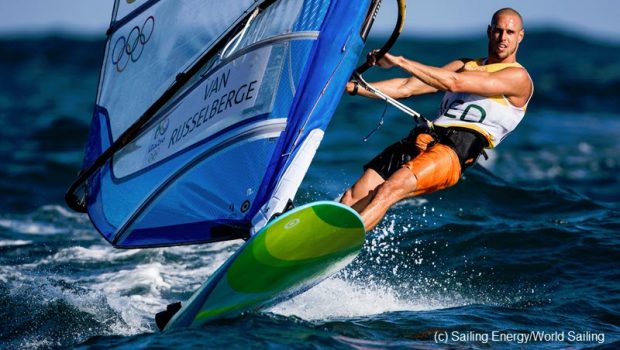
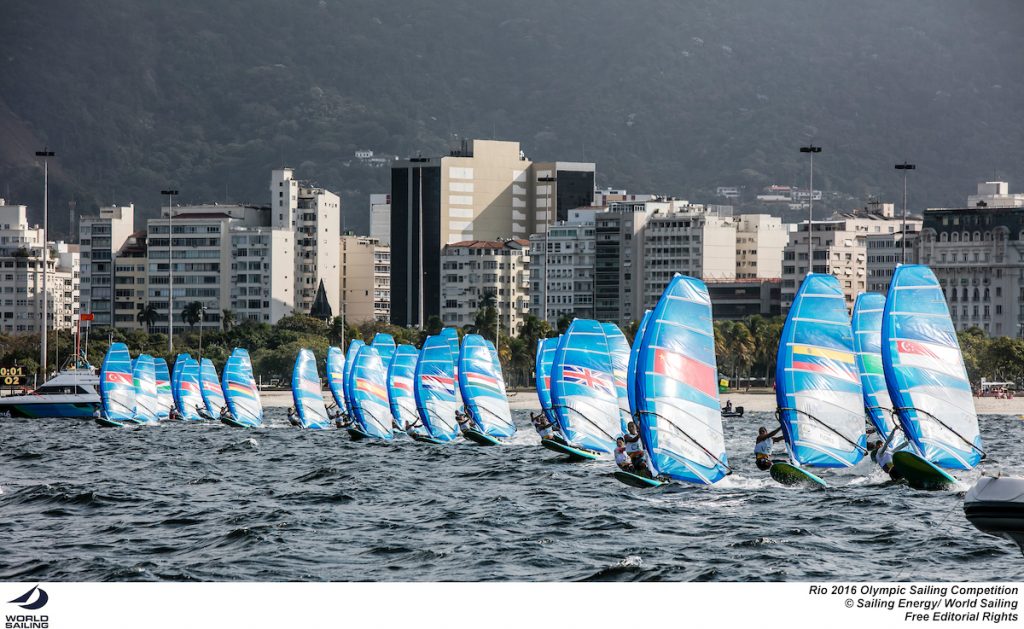
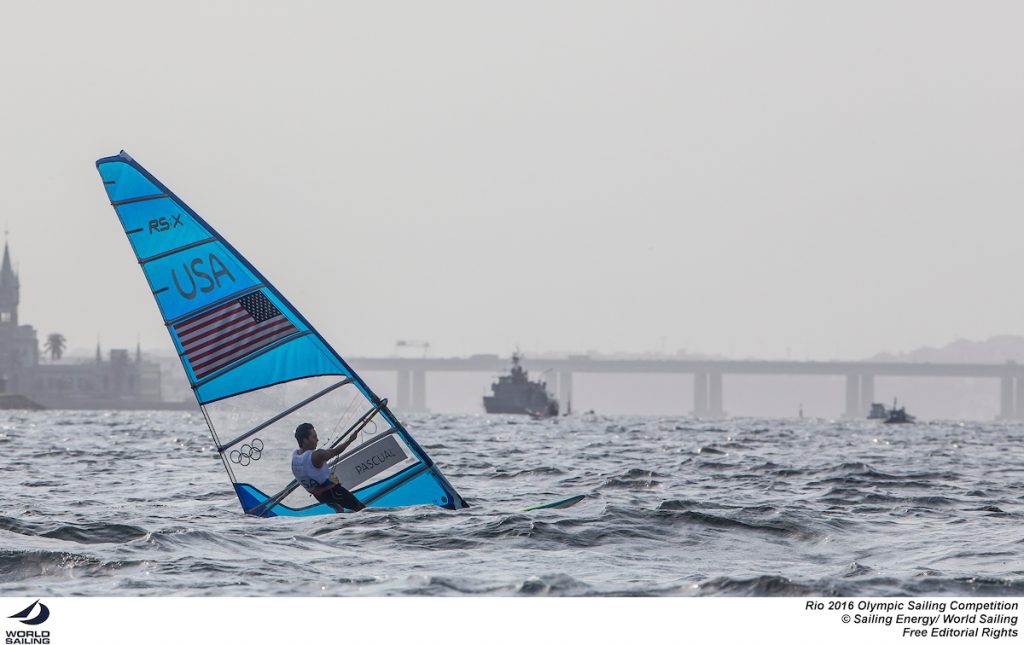
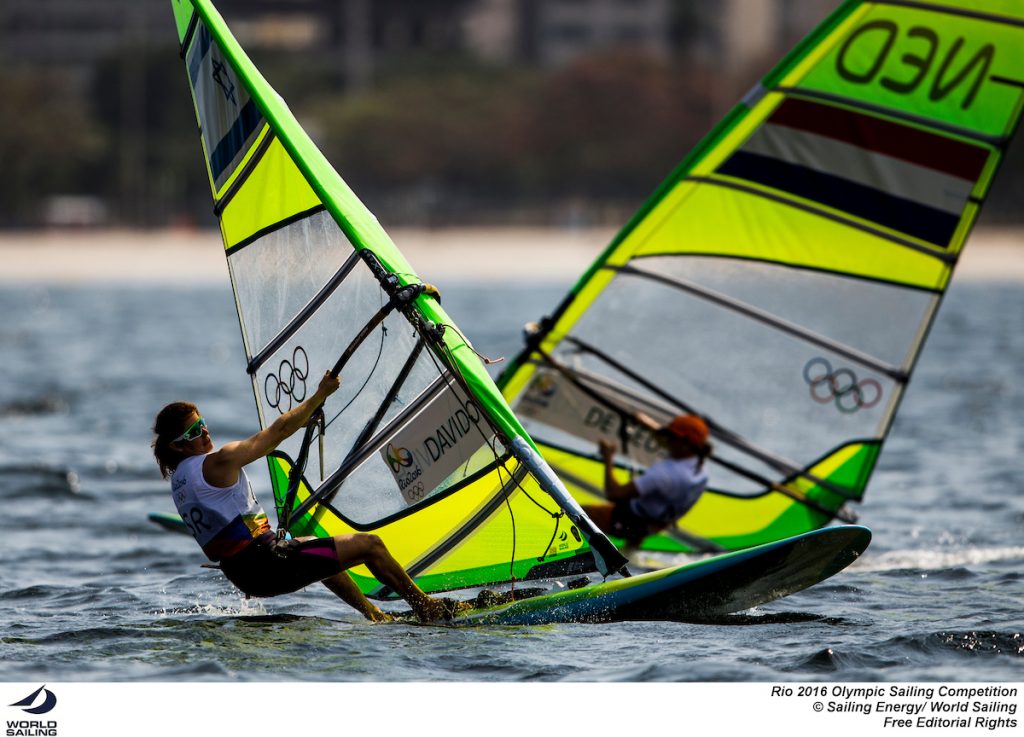
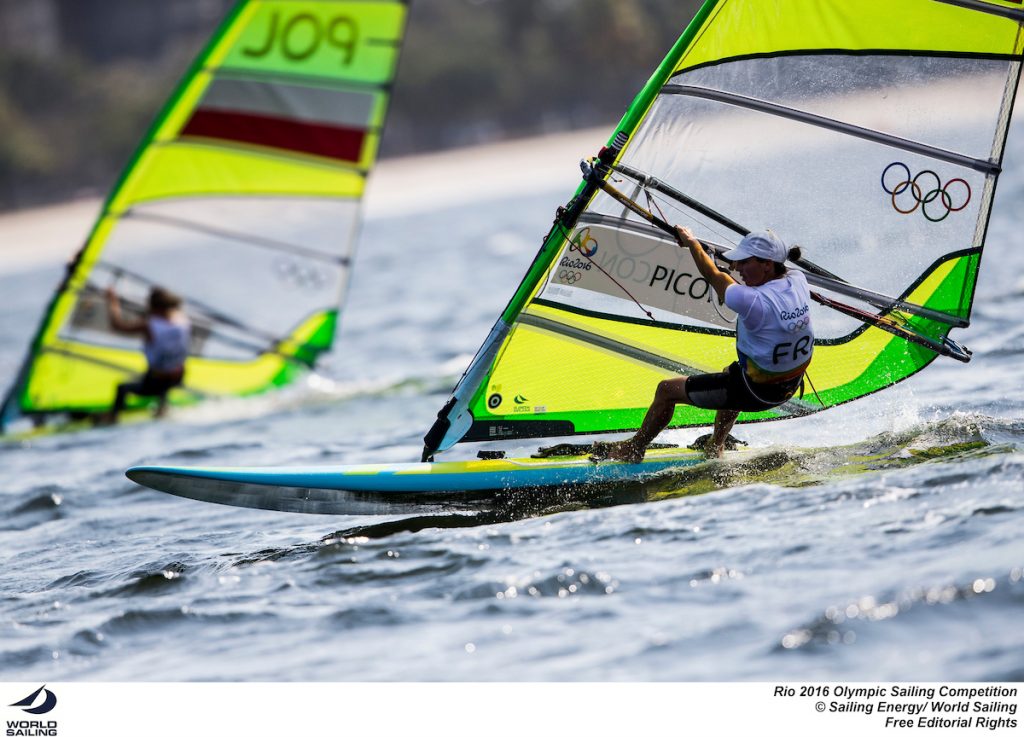
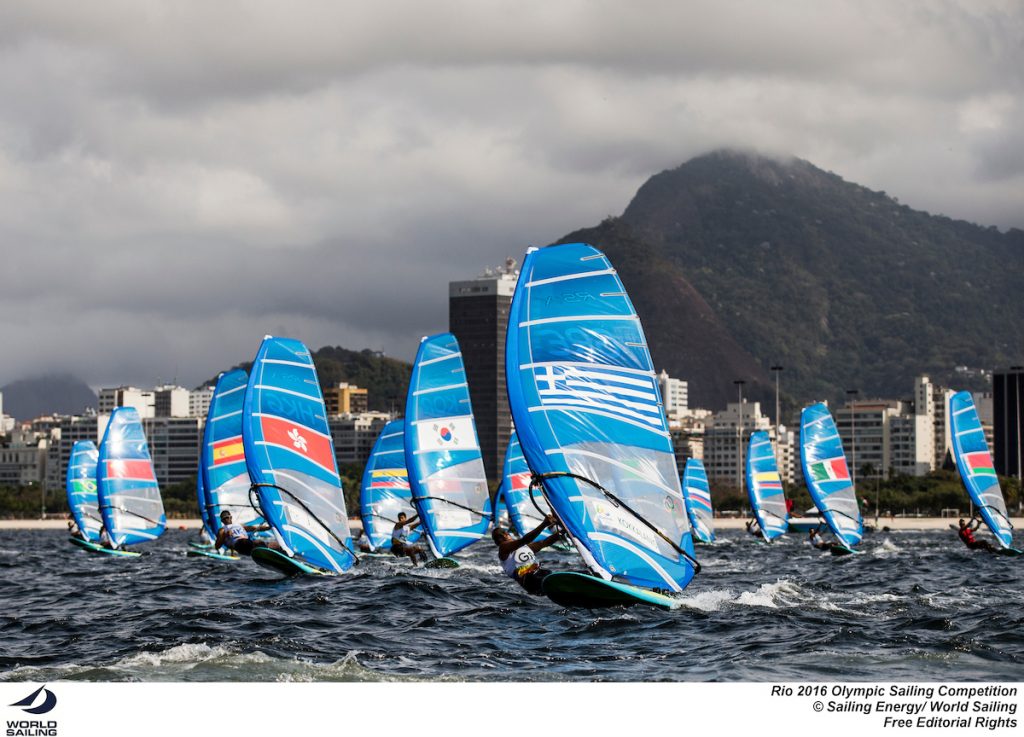
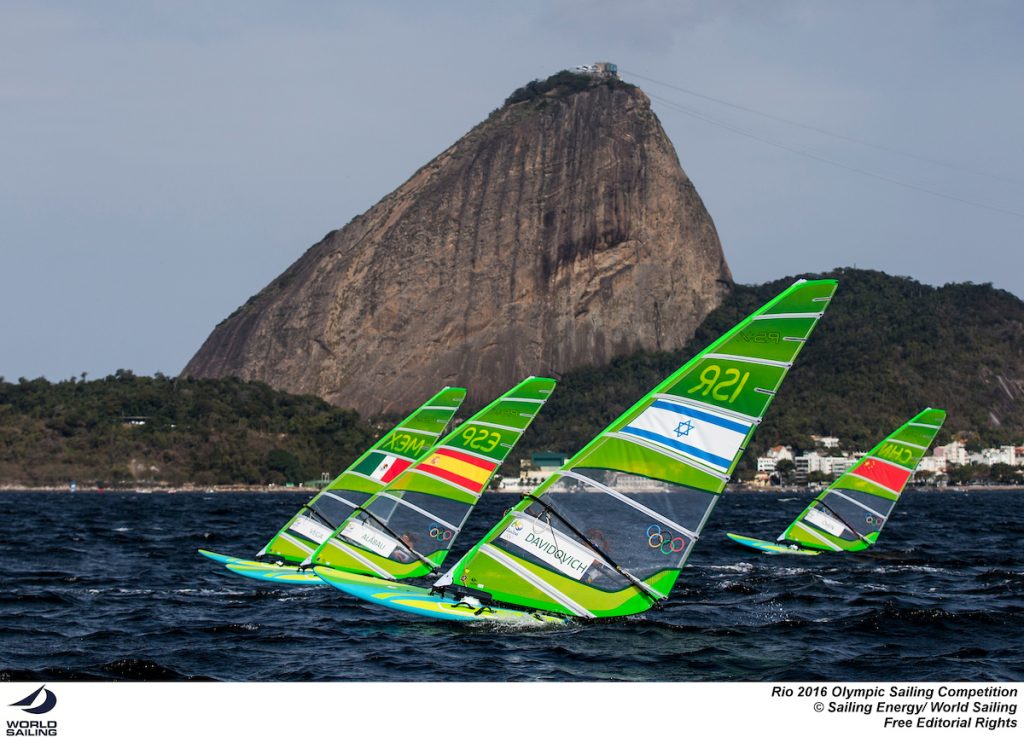
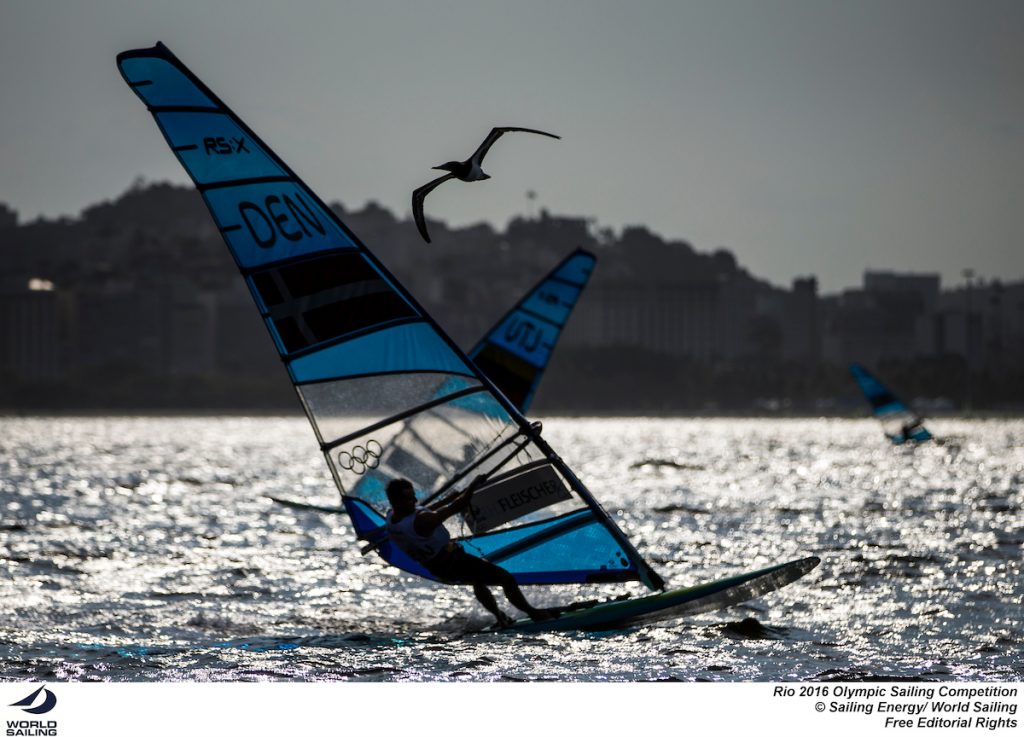
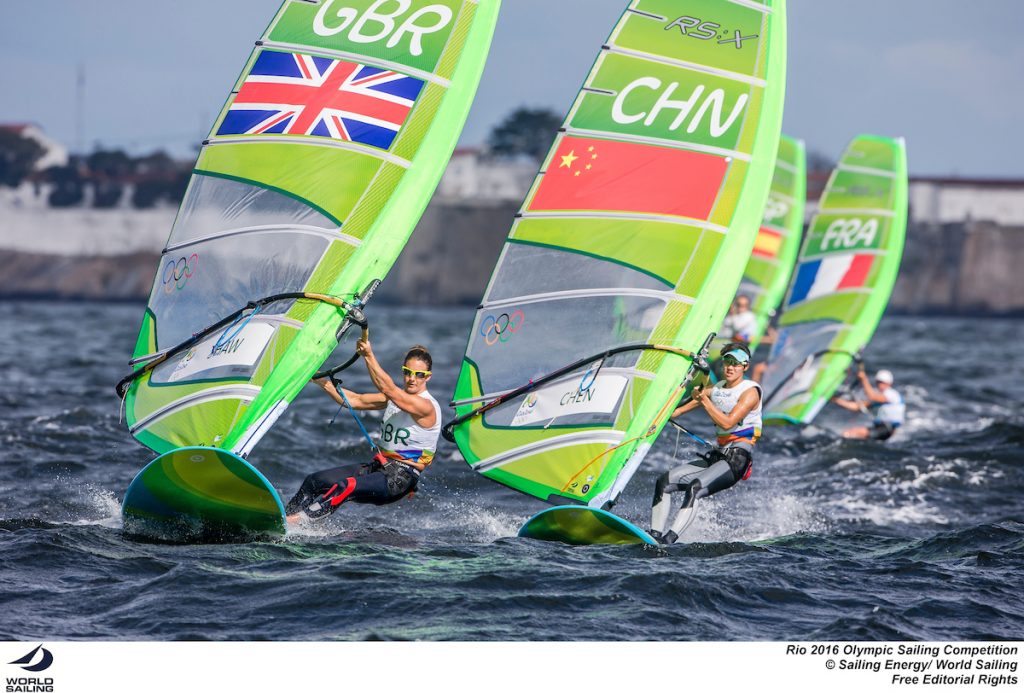
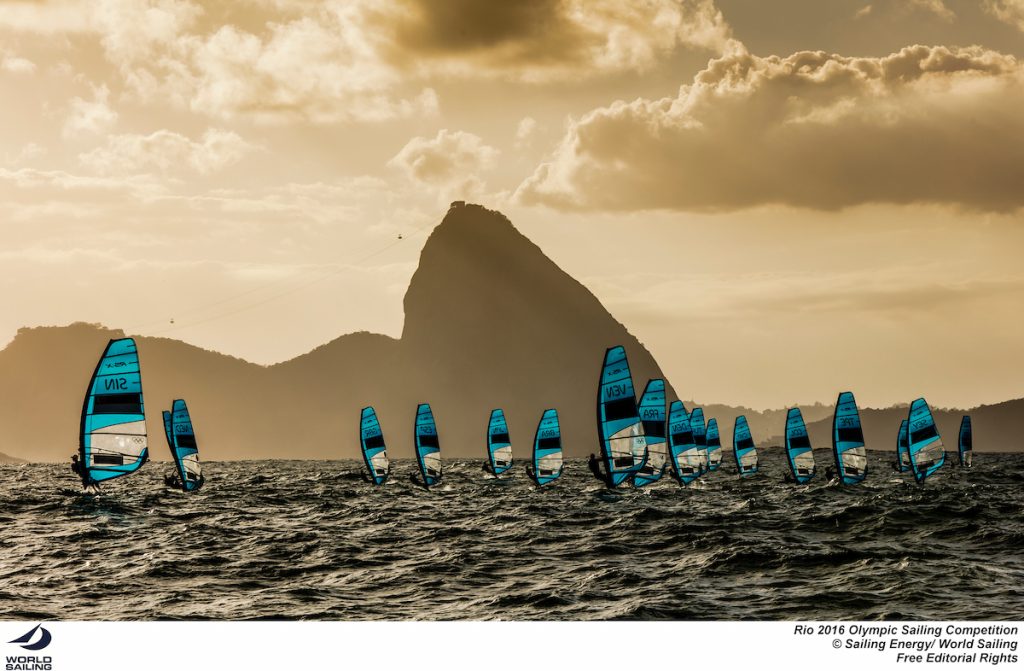
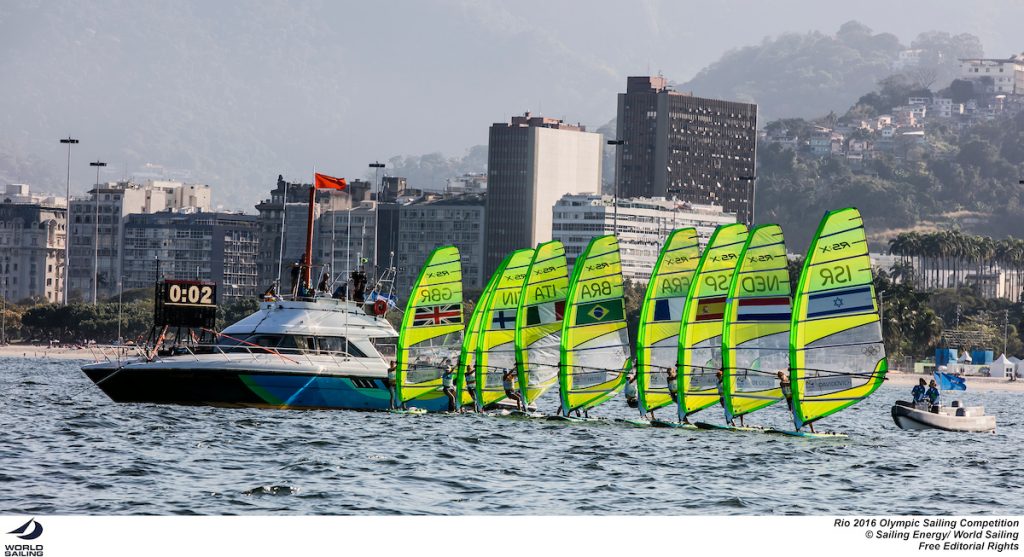






 We’ll keep your information safe.
We’ll keep your information safe.